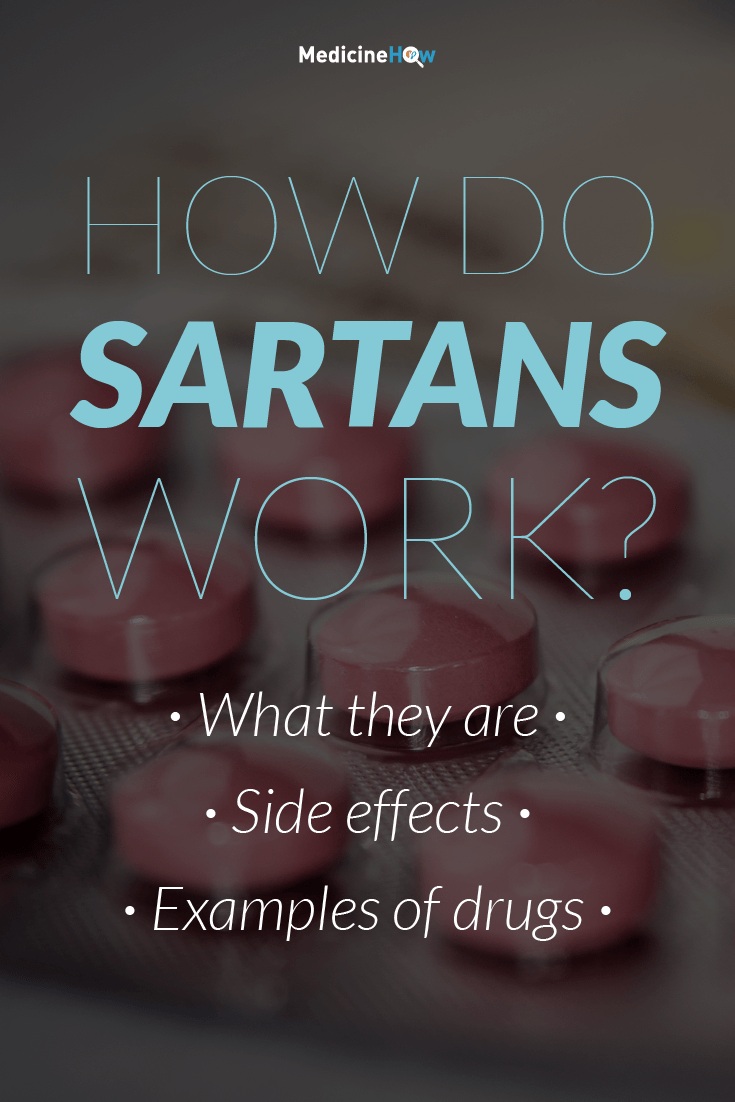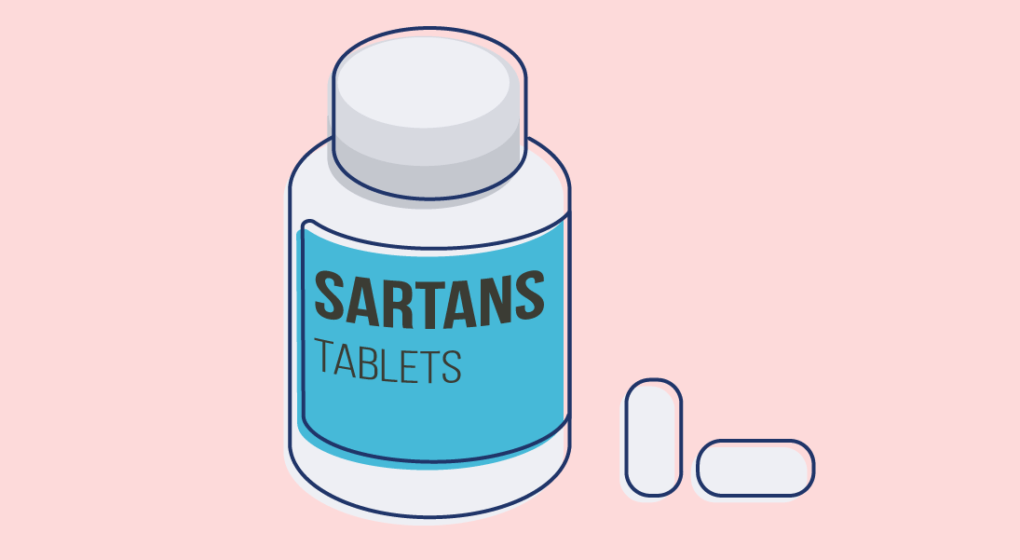
Sartans are a group of drugs that work in the same way in the body and are also sometimes known as angiotensin receptor blockers (ARB) or angiotensin receptor antagonist (ARA).
These drugs help to lower the blood pressure in the body by stopping a hormone called angiotensin II from binding to a receptor that usually causes the blood pressure to increase. Without binding, the normal effect can’t happen and the blood pressure drops.
The medications in this drug class are: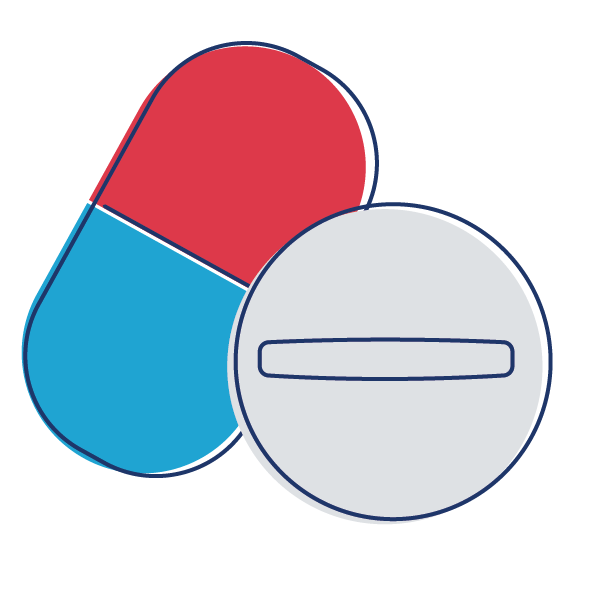
We’re going to take a closer look at how these drugs work to lower you blood pressure and defend against heart failure.
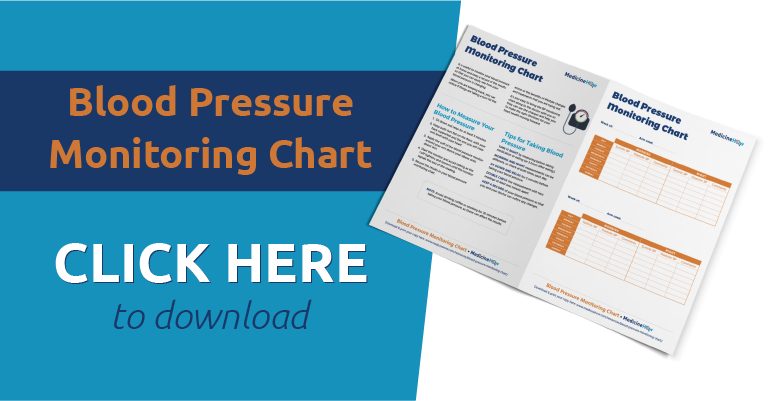
Angiotensin II and Receptors
Angiotensin II is a hormone that is normally produced by the body when the blood pressure is too low because it helps to increase the blood pressure and keep it in a healthy range.
When it binds to a particular receptor for angiotensin (AT1), a number of effects occur that help to increase the blood pressure.
- The muscles around the blood vessels tighten, making the passage for the blood to pass through narrower.
- The kidneys reabsorb more water from the urine, leading to more blood flowing through the blood vessels.
- A hormone called aldosterone is released, causing even more water to be reabsorbed from the urine and more blood in the vessels.
If you think of the cardiovascular system like the plumbing of your body, the pipes are narrower and there is more fluid being pumped through them so the pressure is going to go up.
How do Sartans lower blood pressure?
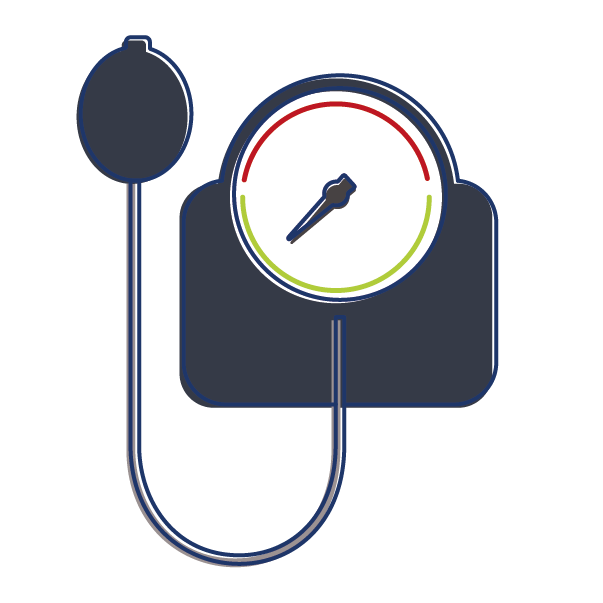 Sartans work by blocking the receptor that the angiotensin II hormone normally attaches to and activates.
Sartans work by blocking the receptor that the angiotensin II hormone normally attaches to and activates.
They literally attach onto the same receptor, blocking angiotensin II from binding, and don’t have the same effects as the hormone.
This means that that angiotensin II can’t do its job to increase the blood pressure as well as usual. What happens next is the opposite to the usual role of the hormone:
- The muscles around the blood vessels relax, making the passage for the blood to pass through larger.
- The kidneys reabsorb less water and excrete more in the urine, meaning less blood flows through the blood vessels.
- Aldosterone is not released and cannot have an effect.
Thinking about our plumbing system once again, when there is less blood pumping around larger pipes, the pressure is going to be lower.
How can Sartans help in heart failure?
Sartans are not only used to help lower your blood pressure if you have hypertension; they can also be a great help for people with heart failure.
A big problem with heart failure is excess fluid in the blood vessels. The way sartans work help to reduce the amount of blood in the circulation because the kidneys reabsorb less water and it is excreted in the urine.
This fact alone was enough to make us curious about the benefits of using sartans to help in heart failure. When the effect of these drugs was studied, we found that the symptoms tend to develop more slowly when taking a sartan, presumably due to a protective effect.
What side effects do sartans have?
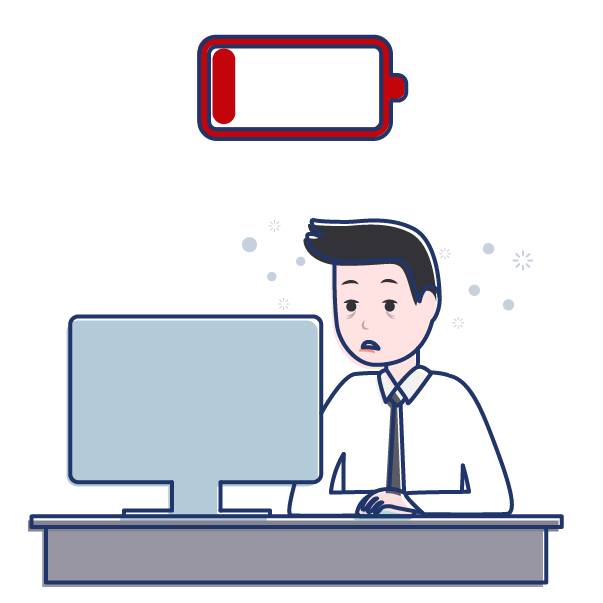 Sartans can certainly have a beneficial effect on the body for someone with hypertension or heart failure, but it can also have some unwanted effects on the body too.
Sartans can certainly have a beneficial effect on the body for someone with hypertension or heart failure, but it can also have some unwanted effects on the body too.
It’s common for people to experience side effects because the drug is working too well and you end up with low pressure. This often happens when you begin taking the medication or increase the dose, as your body needs some time to get used to the effect of the drug. You might notice:
- Fatigue
- Headache
- Dizziness
- Flushing
If after a few days these signs don’t improve, you may be taking a dose higher than you need to control your blood pressure. You can check your blood pressure at the pharmacy and talk to your doctor about lowering the doses, if needed.
The effect of sartans on the way the kidneys work to excrete more fluid can upset the balance of salt in the body. In particular, it is common for potassium to accumulate in your blood, which can cause a condition known as hyperkalaemia.
Rarely some people also get a dry cough when they take a sartan medication, which can be quite frustrating. If this affects you, you can talk to your doctor about alternative medication options.
It is also possible for sartans to cause angioedema, which involves swelling of your mouth and face, and can be particularly dangerous if the airways become blocked. If you notice this, you should seek medical help immediately.
Sartans should not be used by women who are pregnant or planning to become pregnant, because they can cause birth defects early in the pregnancy and may cause renal dysfunction of the fetus later in the pregnancy.

Need more specific information?
We’ve covered a lot about how drugs classed as sartans work, but do you need more specific information? You can find out more information about each of the drugs in this class by clicking below.
If you’ve got a particular question, feel free to ask in the comment section below and I’ll get back to you as soon as possible.
